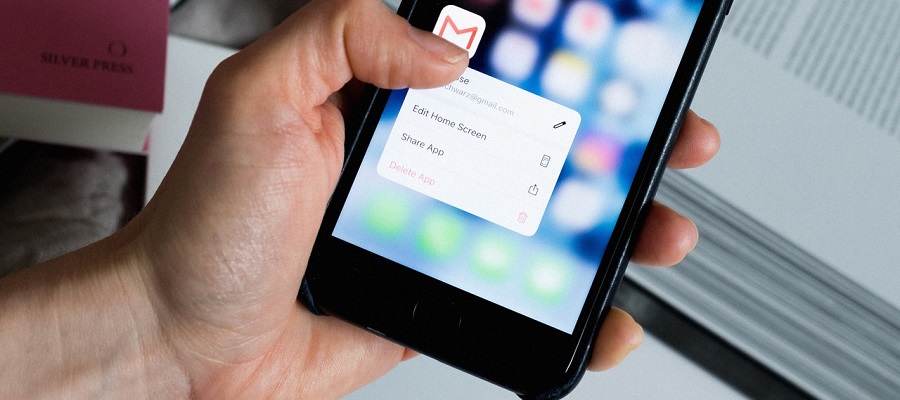Why you should no longer send email attachments

Email attachments: are they safe? Did you know that the number of data breaches caused by emails and attachments increased by 46% last year? This should be worrying as emails are the most popular methods of communication for businesses worldwide: More than 2 million emails are sent every second. We share images, contracts, presentations and other documents every day. Most are forwarded via email, whether they are confidential or not.
We recently conducted a survey on the risks of sharing with email attachments and the results were (not surprisingly) concerning. More than 1/3 of respondents admitted to having ever sent an email to the wrong person. Another study shows that more than 50% of data breaches are due to human error, such as sending an email to the wrong address.
The problem is that once an email is sent, it's gone. You no longer have control over the attached files and you don't even know if they were opened by the recipient.
Why link sharing matters
Unfortunately, aside from human errors and incidents, there are numerous other ways your company data can be exposed. Email accounts are easy prey for hackers. There are many services available on the black market for hacking email accounts. From one report, a personal email account is broken into for $129, while a corporate account is broken into for $500. Once an email account is hacked, all email attachments in the inbox are compromised.
The good news is that attacks and accidental data breaches are avoidable if you stop attaching sensitive files to emails. Share links provide much more opportunity for control over sent files. Let's say you've just edited a sales strategy presentation and want to share it with a colleague. You upload the file to the cloud and create a password-protected share link. You send the link via email and the password to it via chat or SMS, but you realize that the email was sent to the wrong person outside your company.
If you had sent an email with an attachment, the situation would not be salvageable. However, since you sent the password through a different channel, there is little chance of making the mistake twice. If you had also sent the password to the wrong person, you could still block the link. This immediately makes the shared document inaccessible to the recipient.
Sending files via link instead of email attachment is not only more secure, but it can also encourage collaboration with your colleagues. What other benefits do links have for sharing as opposed to attachments?
- Share files bigger than 10MB
- Password protection
- Spamfilter for URLs
- Needs no local storage
- Expires after n days
- Can be shared simple


